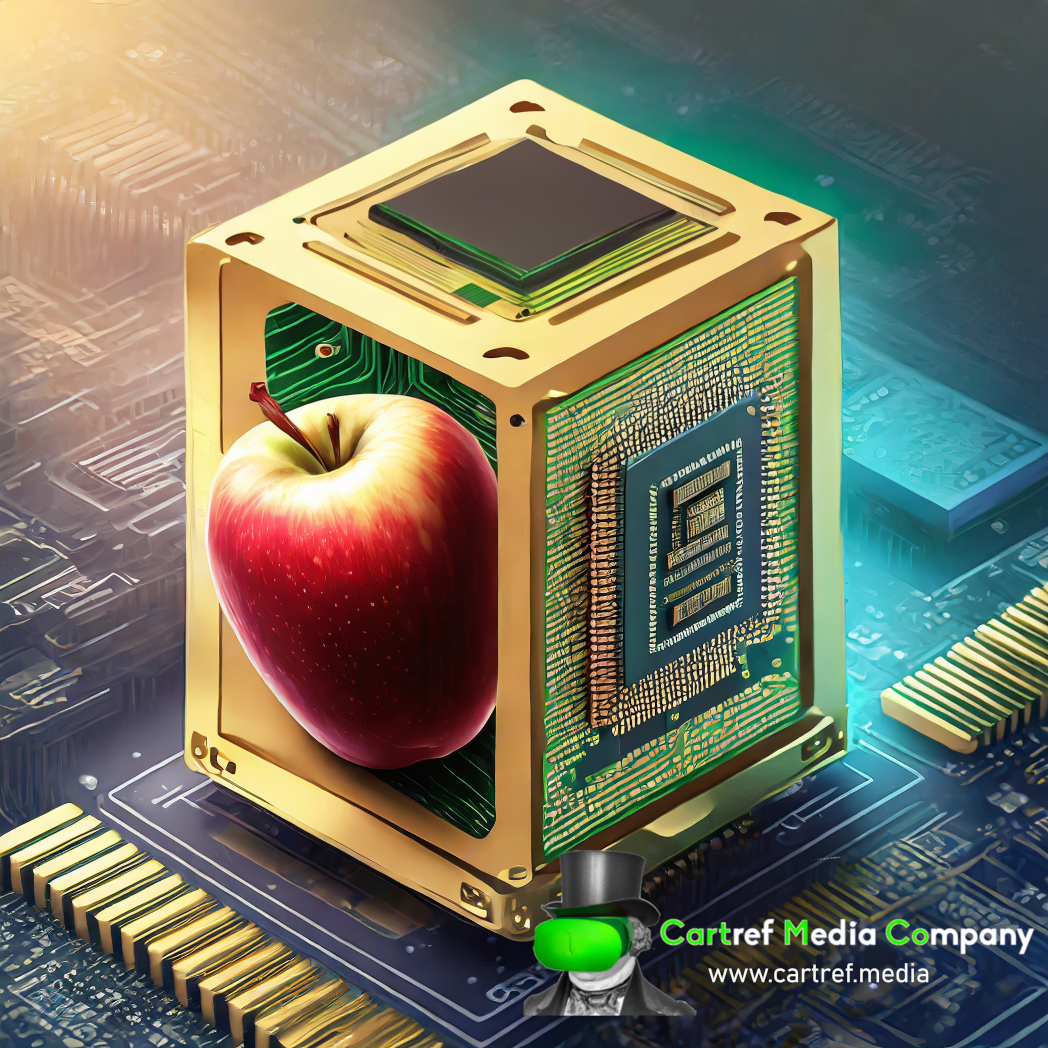Apple’s M1 and M2 Chipset – what is the difference?
In 2020, Apple introduced the M1 chip, a significant change in Mac architecture since 2006. The M1 marked Apple’s shift from Intel, Motorola, and IBM chips to its own silicon. The M2, launched in 2022, is the next generation, evolving from the M1. Both chips are used in Mac and iPad, replacing A-series chips in iPhones and iPads. The M2 has three versions, while the M1 has four.
Key differences between M1 and M2:
- Performance: M2 is 18% faster in CPU, 35% in GPU, and 40% in the neural engine compared to M1.
- Memory: M2 supports up to 24GB unified memory, while M1 supports 16GB.
- Power Efficiency: M2 uses less power at higher performance levels, reducing heat.
- Fabrication Process: M2 uses an enhanced version, N5P, with 25% more transistors than M1’s N5.
M1 vs. M2 Details:
- CPU: M2’s cores are from the iPhone 13, providing an 18% multithreaded performance boost with a larger Level 2 cache (16MB vs. 12MB).
- GPU: M2 has two additional GPU cores, resulting in a 35% performance improvement at maximum power.
- Media Engine: M2 supports 8K video streams and ProRes/ProRes RAW, while M1 is limited to 4K.
- Unified Memory: M2 supports configurations of 8GB, 16GB, and 24GB with improved bandwidth (100GB/sec vs. 68.25GB/sec).
- Secure Enclave: M2 has a newer version, enhancing security with features similar to the T2 chip in Intel Macs.
- Neural Engine: M2’s Neural Engine processes 40% more operations per second (15.8 trillion) than M1.
- Additionally, in our tests, it was observed that the M2 chip has the capability to support dual screens, providing a seamless multi-screen experience. On the other hand, the M1 may require an additional device, such as a docking station, to achieve the same dual-screen functionality. This distinction highlights a practical advantage for users seeking enhanced display configurations with the M2 chip.
In conclusion the M2 outperforms M1 in various aspects, offering better speed, memory options, power efficiency, and enhanced features across CPU, GPU, media engine, unified memory, secure enclave, and neural engine.


No responses yet